CPEC: Perils ahead for Pakistan
Notwithstanding enormous trade deficit amounting to $5 billion, the corridor will impact Pakistani industry adversely
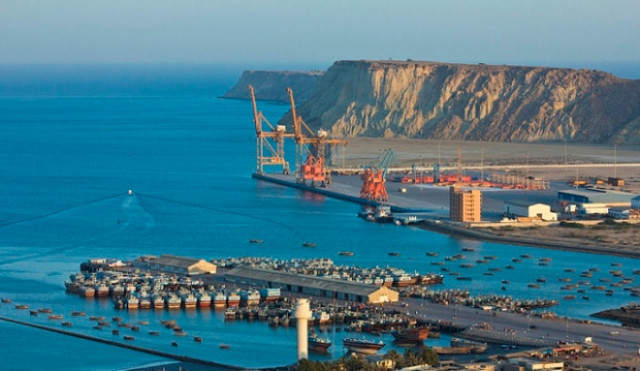
A view of the port city of Gwadar. PHOTO: REUTERS
CPEC to introduce technology in agriculture
Currently, Pakistan is basking in the glory of an economic corridor to China, a country known for dumping its goods and redundant technology globally. Notwithstanding enormous trade deficit amounting to $5 billion, the multilayered corridor is going to impact Pakistani industry adversely, sans stringent protections and implementations in place.
Trade ties were established after signing a bilateral agreement in 1963. By the end of 2002, Pakistan and China inked the Preferential Trade Agreement giving tariff relief to a limited number of products. Four years later, the two nations signed a Free Trade Agreement (FTA), which came into force in July 2007. Ever since, Beijing and Islamabad have held talks, at least half a dozen rounds, to hammer out the nitty-gritty of a two-phased trade agreement.
The FTA with China envisaged the gradual liberalisation of tariff on goods in various phases. In the first phase, which was from 2007 to 2011, both sides decided on the removal of tariff on 30% of the products. The second phase envisions reducing duties on 90% of the tariff lines to further liberalise trade.
A study by Pakistan Business Council in 2013 concluded that Pakistan has not benefited from the FTA with China for two reasons: firstly, business community was not consulted while finalising the document and secondly, the ministry of commerce team simply lacked homework and imagination both.
Govt accused of not sharing details of CPEC projects
Marred with inconsistent government policies, shortage of energy and trained manpower, Pakistani businessmen believe they will not be able to compete with Chinese products which are cheaper, better and come with lesser restriction to the consumer market. Furthermore, economists see the top most importer with reduced or no taxes as a serious blow to a country which collects almost half of its total revenue through levies.
Since emphasis on exports has never been a serious priority for Islamabad, rarely an FTA signed by the commerce ministry has yielded positive results for the economy. For that matter, one with China will have to be the hardest. Compared to Chinese imports worth around $500 billion, Pakistan’s share is a meagre $5.5 billion despite geographical proximity and the much clichéd taller-than-Himalayas-and-deeper-than-the-oceans friendship.
For now, Nawaz government fantasises the China economic corridor more for its own political ambitions rather than national interest. The coordination between the office of Ahsan Iqbal, Pakistan’s point-man on China-Pakistan Economic Corridor (CPEC), and commerce and finance ministries is nearly non-existent. Characteristically lacking in-depth homework, the government is working in isolation from think-tanks and universities. CPEC affiliated projects have little input from other stakeholders, including the political and business community and local people.
The nervous business leaders are not only scared of massive dumping of goods but also smuggling of goods from China at the same time. Chinese investment in special economic zones is another fantasy unless Islamabad accepts investment with lasting technological relevance and good profit margins besides other factors.
Forgetting its pre-election rhetoric about eliminating load shedding within a year, the Nawaz government has revised the target by the end of its term in 2018. With power cuts lasting longer and political anarchy becoming more rampant, there remain no visible catalytic factors to boost the country’s economy, especially exports. So far, lower oil prices have been a blessing in disguise for the tax-friendly regime.
CPEC project: No chance of corruption, says Ahsan Iqbal
Given Pakistan is already putting all economic eggs in one basket, its stakes are high. Learning from mindless policies of Ziaul Haq on the Afghan front, Pakistan can avoid being trapped in an economic whirlpool for many decades to come. If Beijing is spending billions of dollars on CPEC, it’s neither for Pakistan’s makeover nor for the PMLN’s success in 2018 elections. Alone Ahsan Iqbal can’t visualise the fate of Pakistan’s peasants, labourers, consumers and entrepreneurs with their respective advantage.
Naveed Ahmad is a Pakistani investigative journalist and academic with extensive reporting experience in the Middle East and North Africa. He is based in Doha and Istanbul. He tweets @naveed360


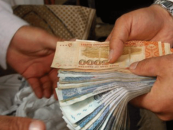


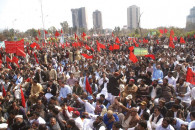
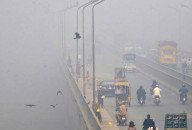
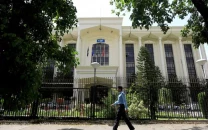



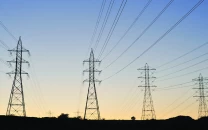
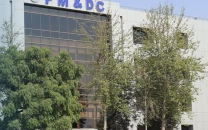






COMMENTS
Comments are moderated and generally will be posted if they are on-topic and not abusive.
For more information, please see our Comments FAQ